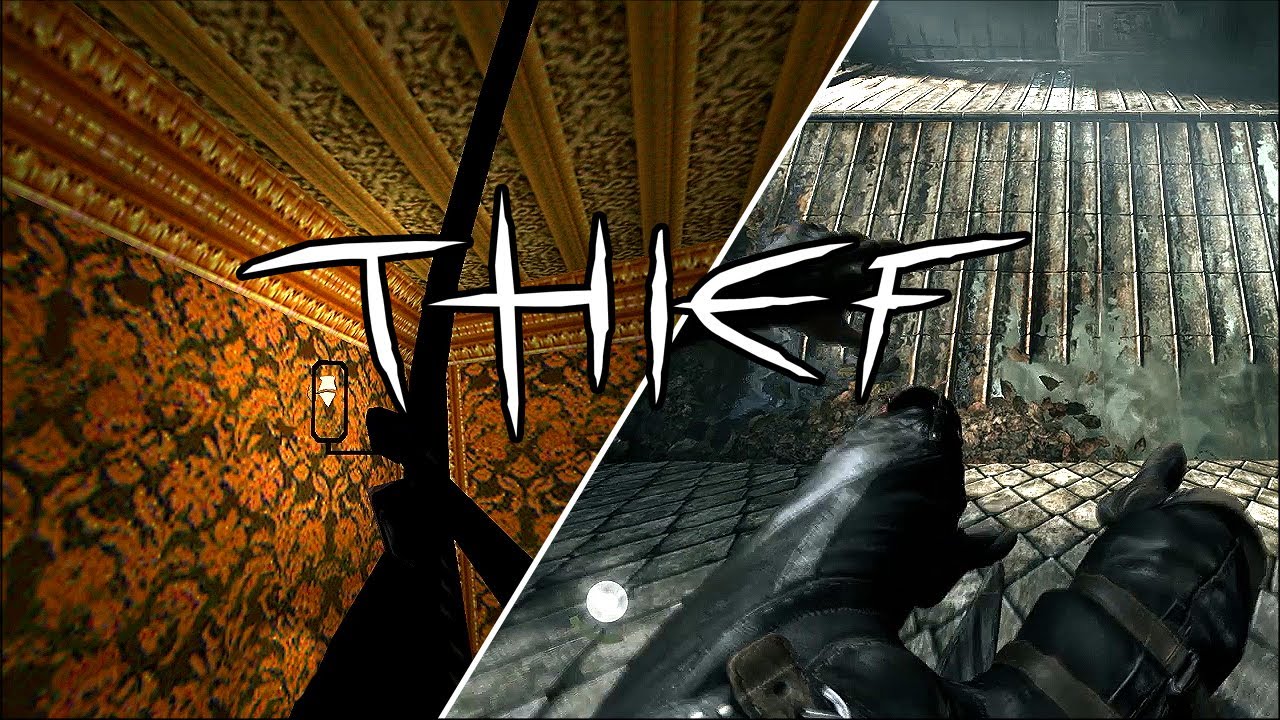- cross-posted to:
- patientgamers@lemmy.ml
- cross-posted to:
- patientgamers@lemmy.ml
I thought this was a really intriguing video essay on how the old Thief games from decades ago stack up against more modern (at the time, anyway, the video is nearly 10 years old itself!) AAA Games.



I knew of the stellar reputation the old Thief games have, so I bought them a while back, but have yet to play them. And I have yet to play basically any of the modern games shown. However, this video make a surprising lot of sense.
For instance, I’ve had experiences in games where I can tell that the game is visually pretty but I’m just not paying attention to it – and ironically missing out on some neat visual features – because it’s just not important to the gameplay. This may be more appropriate when I’m revisiting game areas I’ve already been to, but it can be a problem when I’m missing the awe of my surroundings because I’m too focused on making my way through the obvious walkable area and clearing out generic mooks.
Maps in games are an interesting thing. I play a lot of so-called “metroidvania” games and their ilk (heck, most of my gaming is 2D), and I don’t really like it if I’m frequently consulting my map to find my way from place to place. The best level designs in such games, in my opinion, are the cases where I end up learning to navigate the world without (or with minimal) consultation of my map. I think this generally means having sufficiently varied level design that there are memorable visual cues for where I am. A “maze of twisty passages, all alike” can be appropriate in some situations, but I find that it’s often more “organic” – especially when it comes to things like the interiors of buildings – to have recognizable details differentiating things like different hallways that would otherwise look similar. While the game might still effectively be a bunch of corridors to run through, anything from more varied theming (even just different paint colors and lighting on walls in similar parts of the same area) to architectural details that directly affect gameplay (a broken stairwell that must be jumped across vs. an intact stairwell that can just be walked up). People in real life design buildings to be easily navigable (usually) and leave environmental markers in natural spaces because this makes navigation smoother in real life.
And yes, there’s so much to be said about the value of integrating story into gameplay. In general, I feel that there’s something to be said about how videogames shouldn’t (in general) aim to be “cinematic”. A film is a medium of passive experience, but a game is a medium of active experience. Cutscenes aren’t bad per se, and even cinematic cutscenes aren’t bad per se, but care should be taken in their use. Sometimes, a fight scene rendered in-engine – even if this means 2D pixel art sprites beating each other up – can be much more immersive than a high-quality video with panning shots of the characters as they’re throwing punches and wrestling. The latter takes the player’s consciousness out of the game world, reminding them that they are merely the audience, while the former can be presented seamlessly without changing the player’s perspective (as surely the player has already gotten used to mentally processing the game world in a way that feels comfortable to them).
Thanks for sharing this video! I boosted it over on Mastodon too.